#Toshio Kurosawa
Explore tagged Tumblr posts
Text

Meiko Kaji (梶芽衣子) and Toshio Kurosawa (黒沢年雄) in Lady Snowblood (修羅雪姫), 1973, directed by Toshiya Fujita (藤田敏八).
#Meiko Kaji#梶芽衣子#Lady Snowblood#修羅雪姫#Toshiya Fujita#Toshio Kurosawa#黒沢年雄#藤田敏八#press photo#on the street
28 notes
·
View notes
Text

Chi o suu bara / 血を吸う薔薇 (1974)
AKA Evil of Dracula; Bloodsucking Rose; The Bloodthirsty Roses
#chi o suu bara#血を吸う薔薇#evil of dracula#toshio kurosawa#kunie tanaka#katsuhiko sasaki#1974#1970s movies#1970s horror#michio yamamoto#toho#horror#flyer
73 notes
·
View notes
Text




















Evil of Dracula (Michio Yamamoto, 1974)
#Evil of Dracula#Michio Yamamoto#Toshio Kurosawa#Mariko Mochizuki#Mio Ota#Mika Katsuragi#Shin Kishida#Keiko Aramaki#Film#The Bloodthirsty Trilogy
14 notes
·
View notes
Text

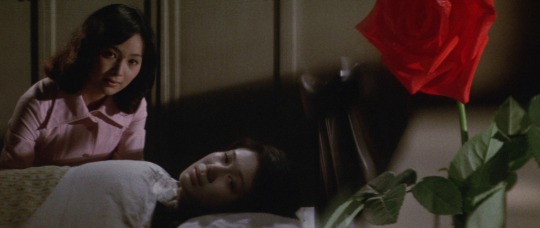
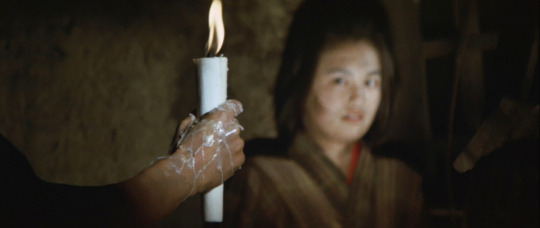
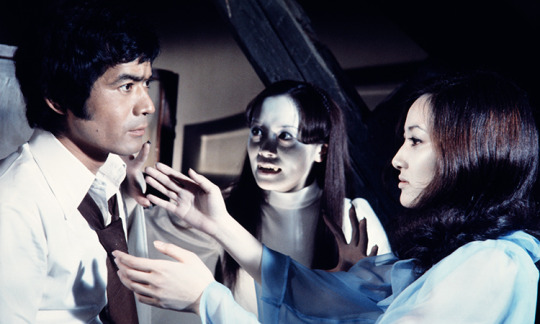

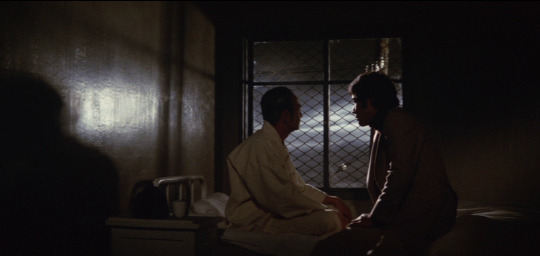
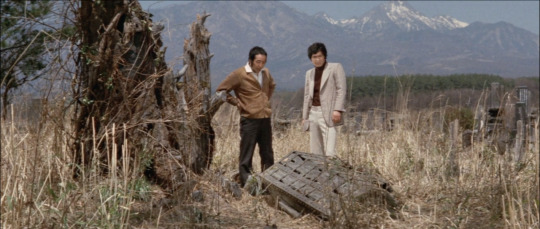

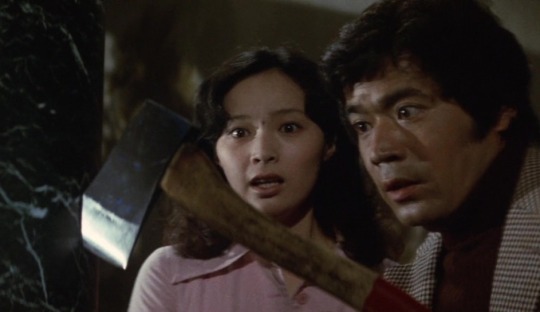

Chi o suu bara (Evil of Dracula, 1974)
"If the devil is to exist in this world, it cannot look like a devil. It must be in disguise. It must live in the disguise of an ordinary human being."
#chi o suu bara#evil of dracula#japanese cinema#dracinema#horror film#michio yamamoto#ei ogawa#masaru takesue#toshio kurosawa#mariko mochizuki#kunie tanaka#shin kishida#katsuhiko sasaki#mio ôta#mika katsuragi#keiko aramaki#yûnosuke itô#yasuko agawa#midori takei#haruo suzuki#tadao futami#the last in Yamamoto's loose trilogy of vampire movies; this is also the one I enjoyed most‚ with perhaps the most successful translation#of the atmosphere and aesthetic of classic gothic horror cinema into 70s Japanese filmmaking. genuinely one of the best attempts to capture#the difficult concept of 'modern gothic'‚ but this film nails it; there's some great imagery here (white roses turned suddenly blood red‚#the vampire attacks with their unnatural gliding motion and fixed leers) and despite the splatter and the horror this is a weirdly romantic#film. not without issues (while the supernatural vampire romance is dreamy and affecting‚ the protagonists romance between student and#teacher is kind of skeevy) but the overall effect is of a dreamlike and weirdly moving film with highly likeable leads#fun to see the ever wonderful kunie tanaka outside of a yakuza film‚ and mariko mochizuki was immediately the most interesting and most#empathetic of the various students so i was pleased when she ended up being this films version of the final girl. genuinely a good time and#doesn't require any knowledge or experience of the previous two films to enjoy
2 notes
·
View notes
Text










ten frames.
evil of dracula (1974) — dir. michio yamamoto
vfg31 horror film challenge: day 26 · free watch
#evil of dracula#the bloodthirsty rose#movie log#october 2024 watch#10 frames#vfg31#genre: horror#era: 1970s#country: japan#film screencaps#toshio kurosawa#mariko mochizuki#kunie tanaka
1 note
·
View note
Photo

Artist - 黒沢年男 (Kurosawa, Toshio) Song - やすらぎ (Yasuragi) [Eng. "Peace Of Mind"] Release Date - May 1975
Listen 🎶
https://rumble.com/v2tnml4-toshio-kurosawa-yasuragi.html
My blog: Showa Music Library https://nobbykun.tumblr.com/
0 notes
Text
TOP 10 NEW TO ME FILMS OF 2024
I was tagged by the fabulous @chinchillasorchildren to share my top ten new-to-me watches of 2024. I excluded both 2023 and 2024 releases. Much love to Consuming Spirits, dir. Chris Sullivan (2012), The Prime of Miss Jean Brodie, dir. Ronald Neame (1969) and El Sur, dir. Victor Erice (1983) which each narrowly missed this list. I tag YOU 💜 😘
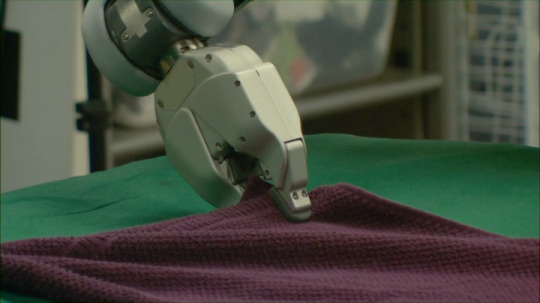
AT BERKELEY, dir. Frederick Wiseman (2013)
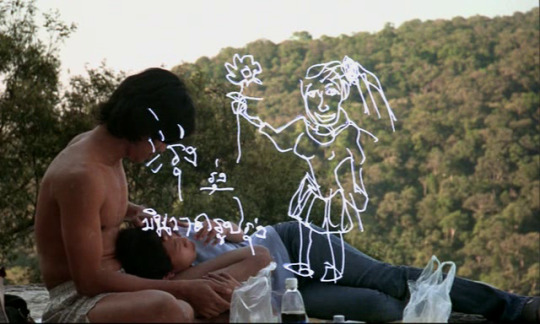
BLISSFULLY YOURS, dir. Apichatpong Weerasethakul (2002)

BRINGING UP BABY, dir. Howard Hawks (1938)

A CITY OF SADNESS, dir. Hou Hsiao-hsien (1989)

CURE, dir. Kiyoshi Kurosawa (1997)

DEMONLOVER, dir. Olivier Assayas (2002)

FUNERAL PARADE OF ROSES, dir. Toshio Matsumoto (1969)

LATE SPRING, dir. Yasujirō Ozu (1949)

MY BRILLIANT CAREER, dir. Gillian Armstrong (1979)

TROPICAL MALADY, dir. Apichatpong Weerasethakul (2004)
#2024 Film#At Berkeley#Frederick Wiseman#Blissfully Yours#Apichatpong Weerasethakul#Bringing Up Baby#Howard Hawks#A City of Sadness#Hou Hsiao-hsien#Cure#Kiyoshi Kurosawa#Demonlover#Olivier Assayas#Funeral Parade of Roses#toshio matsumoto#Late Spring#Yasujiro Ozu#My Brilliant Career#Gillian Armstrong#Tropical Malady
11 notes
·
View notes
Text










"Why hadn't I been kinder?"
白痴 (Hakuchi / The Idiot), 1951.
Dir. Akira Kurosawa | Writ. Akira Kurosawa & Eijirō Hisaita, based on the novel by Fyodor Dostoevsky | DOP Toshio Ubukata
#the idiot#hakuchi#白痴#akira kurosawa#fyodor dostoevsky#drama#literary adaptation#japanese film#1950s#10 frames
9 notes
·
View notes
Text

Masayuki Mori and Setsuko Hara in The Idiot (Hakuchi), Akira Kurosawa, 1951
Cast: Setsuko Hara, Masayuki Mori, Toshiro Mifune, Yoshiko Kuga, Takashi Shimura, Chieko Higashiyama. Screenplay: Eijiro Hisaita, Akira Kurosawa, based on a novel by Fyodor Dostoevsky. Cinematography: Toshio Ubukata. Production design: Takashi Matsuyama. Film editing: Akira Kurosawa. Music: Fumio Hayasaka.
The Idiot, or Hakuchi, is Akira Kurosawa's mutilated masterpiece, made in the year after Rashomon and the year before Ikiru, with the stars of the former, Masayuki Mori and Toshiro Mifune, in the respective roles of Kameda (the Dostoevsky novel's Prince Myshkin) and Akama (the novel's Rogozhin). And Takashi Shimura, the star of Ikiru, has the key role of Ono, the novel's General Yepanchin. Setsuko Hara, best known for her work with Yasujiro Ozu, is the "kept woman" Taeko Nasu, the novel's Nastassya Filippovna. So it's something of an all-star affair, originally designed as a two-parter. After a flop opening, the studio forced Kurosawa to cut it from its original run time of 256 minutes to the extant 166-minute version. It became something of a brilliant ruin in the process. Kurosawa stuck to Dostoevsky faithfully, while adapting the 19th-century Russian characters and setting to postwar Japan. Mori is, I think, an almost ideal Kameda/Myshkin. The raw edges from the cutting of the film show, however -- it's hard to follow the logic of some the characters' actions, and the presence of the mob that shows up with Rogozhin at one key point in the story goes unexplained in the film. The complex relationship among Takeda, Taeko, and Ono's daughter Ayako (the novel's Aglaya Ivanovna) becomes reduced to a kind of love triangle. But there are few sequences in Kurosawa as haunting as the candlelight vigil Kameda and Akama keep over the body of Taeko at the film's end.
7 notes
·
View notes
Text
Favorite First Time Watches of 2023
After Hours (1985) dir. Martin Scorsese

The Banshees of Inisherin (2022) dir. Martin McDonagh
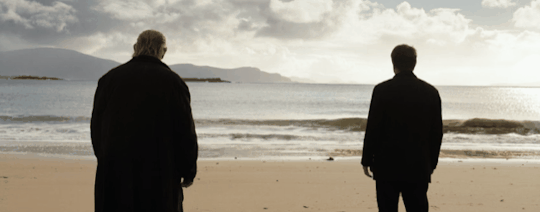
Black Girl (1966) dir. Ousmane Sembène
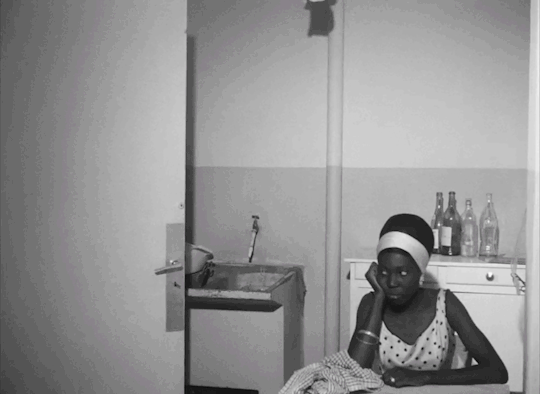
Bringing Out the Dead (1999) dir. Martin Scorsese

Cairo Station (1958) dir. Youssef Chahine
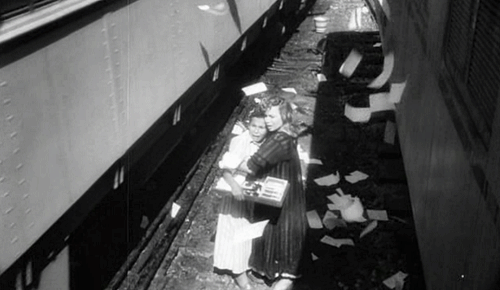
Cemetery Man (1994) dir. Michele Soavi
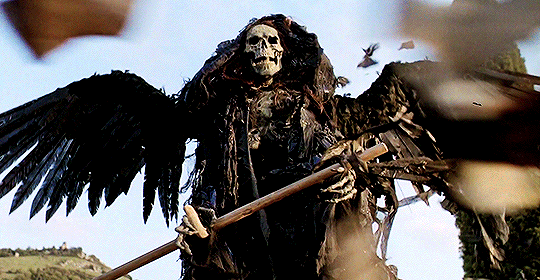
Chicago (2002) dir. Rob Marshall
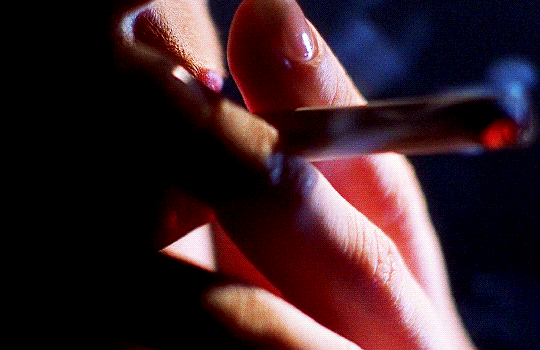
Crimes of Passion (1984) dir. Ken Russell
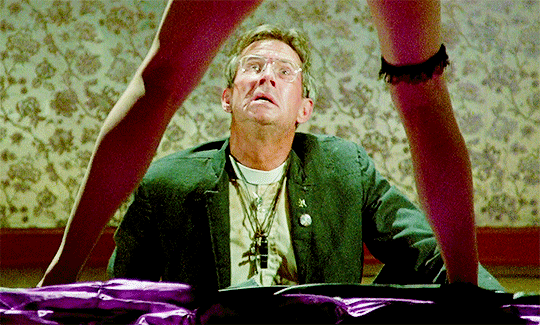
Elvis (2022) dir. Baz Luhrmann

Faust (1926) dir. F.W. Murnau

Female Trouble (1974) dir. John Waters
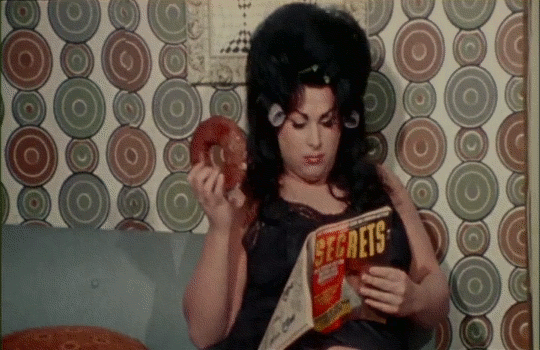
Fire of Love (2022) dir. Sara Dosa
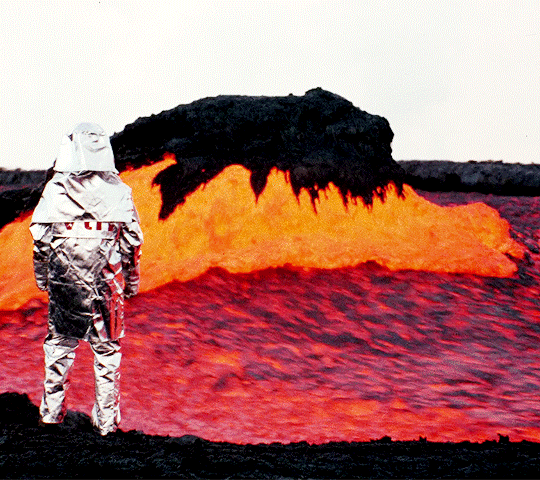
Footprints (on the Moon) (1975) dir. Luigi Bazzoni and Mario Fanelli

Funeral Parade of Roses (1969) dir. Toshio Matsumoto
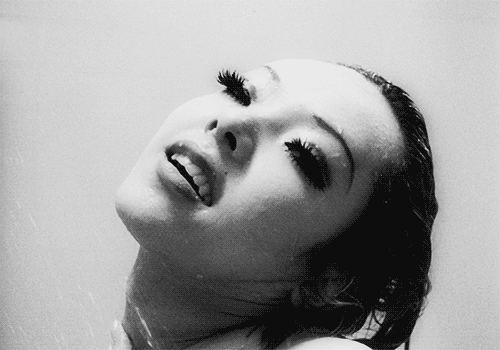
High and Low (1963) dir. Akira Kurosawa
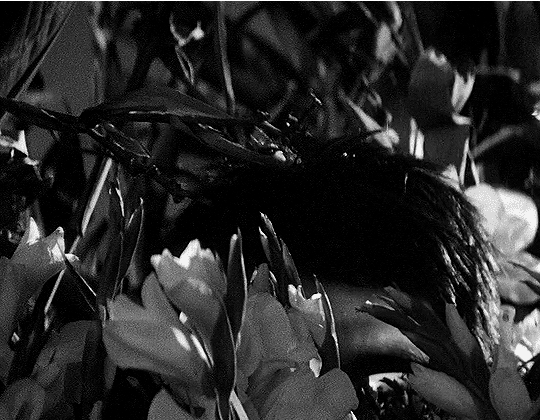
In Search of Darkness: Part III (2022) dir.David A. Weiner
Let the Right One In (2008) dir. Tomas Alfredson

Lingua Franca (2019) dir. Isabel Sandoval
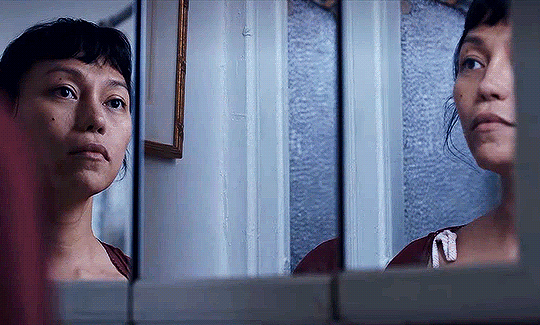
Odd Man Out (1947) dir. Carol Reed

Original Cast Album: Company (1970) dir. D.A. Pennebaker
Paper Moon (1973) dir. Peter Bogdanovich

Pearl (2022) dir. Ti West

Petite Maman (2021) dir. Céline Sciamma
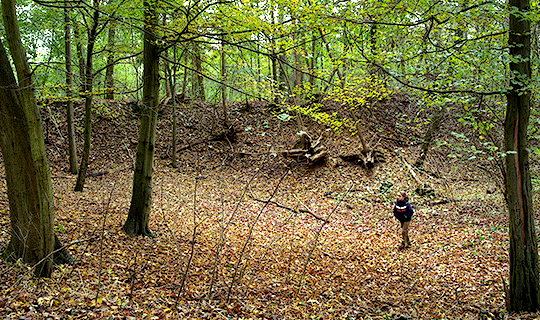
Porco Roso (1992) dir. Hayao Miyazaki
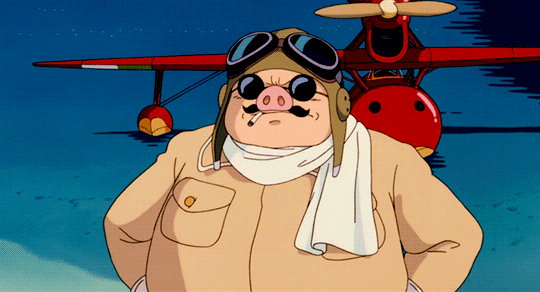
Puss in Boots: The Last Wish (2022) dir. Joel Crawford

Querelle (1982) dir. Rainer Werner Fassbinder
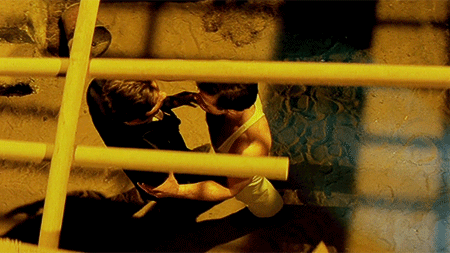
The Silent Partner (1978) dir. Daryl Duke
Slap Shot (1977) dir. George Roy Hill
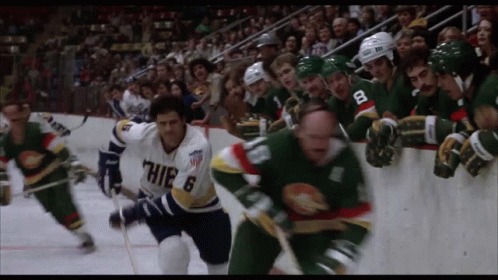
Southern Comfort (2001) dir. Kate Davis
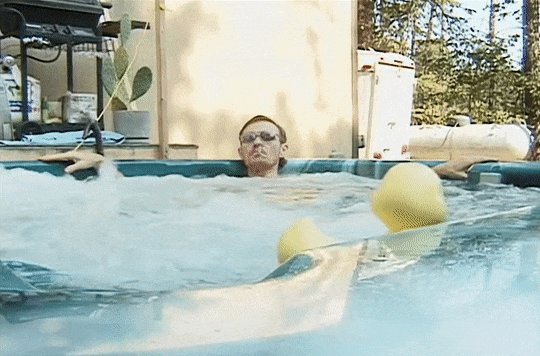
To Live and Die in L.A. (1985) dir. William Friedkin
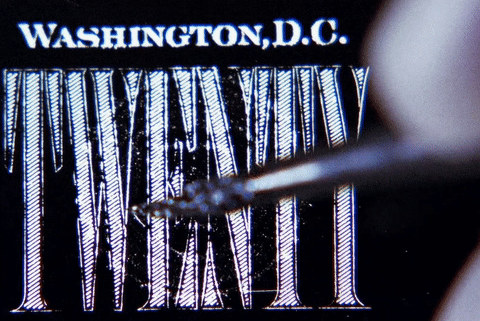
Train to Busan (2016) dir. Yeon Sang-ho

The Umbrellas of Cherbourg (1964) dir. Jacques Demy
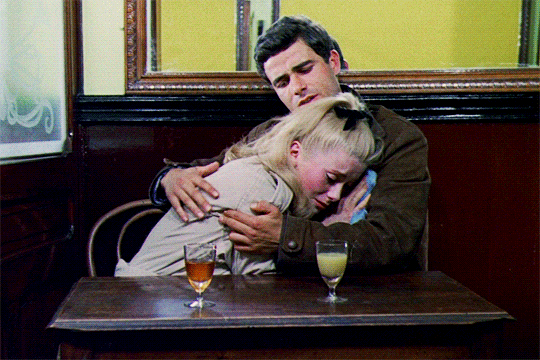
X (2022) dir. Ti West
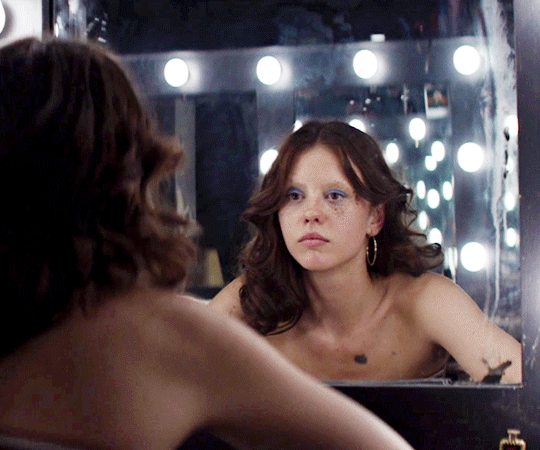
#movies#2023#1985#2022#1966#1999#1958#1994#2002#1984#1926#1974#1975#1969#1963#2008#2019#1947#1970#1973#2021#1992#1982#1978#1977#2001#2016#1964#year in review
4 notes
·
View notes
Link
#japan#classic#criterion#criterion channel#criterion collection#lady snowblood#lady#samurai#ronin#sword#blade#blood#revenge#vengeance#kill bill#quentin tarantino#toshiya fujita#1973#70s movies#70s style#1970#seventies#women#thegirlwholeftthefridgeopen#the half-blood prince
2 notes
·
View notes
Text

Meiko Kaji (梶芽衣子) and Toshio Kurosawa (黒沢年雄) in Lady Snowblood (修羅雪姫), 1973, directed by Toshiya Fujita (藤田敏八).
41 notes
·
View notes
Text
El nuevo video: The Beauty Of Akira Kurosawa
The Beauty Of Akira Kurosawa The cinematography of Akira Kurosawa’s work All DoP : Kazuo Miyagawa, Toshio Ubukata, Asakazu Nakai, Sôichi Aisaka, Takeo Itô, Taiichi Kankura, Mitsuo Miura, Jôji Ohara, Takao Saitô, Shôji Ueda, Fyodor Dobronravov, Yuriy Gantman, Yasumichi Fukuzawa, Fukuzô Koizumi, Yuzuru Aizawa, Kazuo Yamazaki, Song : Refuge – Power hauss As you probably know, I can’t monetize my…

View On WordPress
0 notes
Text
Discover the dark allure of Japanese cinema with the BFI's top 10 film noirs
From post-war shadows to moral complexity, these classics redefine noir through a uniquely Japanese lens. A must-watch for cinephiles! 🎥✨
10 Great Japanese Film Noirs: A Journey Through Shadows
The allure of Japanese noir is a masterful blend of postwar realism, cultural complexity, and an unmistakable flair for visual storytelling. From shadow-drenched crime dramas to existential sagas, Japanese filmmakers redefined the noir genre with their unique sensibilities. Here's a deep dive into ten standout films that showcase the rich texture of Japanese noir:
Stray Dog (1949) Akira Kurosawa’s early masterpiece, a gripping tale of a rookie detective searching for his stolen gun, immerses viewers in postwar Tokyo's searing summer streets.
I Am Waiting (1957) A poignant tale of broken dreams and crime, this Koreyoshi Kurahara classic explores the fragile hopes of a boxer and a cabaret singer trapped by their pasts.
Rusty Knife (1958) Directed by Toshio Masuda, this crime drama reveals the underbelly of postwar Japan, where corruption and violence thrive in a world struggling to rebuild.
Intimidation (1960) A taut 65-minute gem that lays bare class divides and moral corruption, directed by Koreyoshi Kurahara.
Zero Focus (1961) Yoshitaro Nomura crafts a Hitchcockian noir, unraveling a haunting mystery of lost identity and post-occupation secrets.
Pale Flower (1964) Masahiro Shinoda’s enigmatic noir follows a yakuza and a femme fatale in a moody dance of existential despair.
Cruel Gun Story (1964) Takumi Furukawa’s heist thriller, starring the iconic Jo Shishido, blends meticulous plotting with the chaos of betrayal.
A Fugitive from the Past (1965) Tomu Uchida’s epic crime saga explores guilt and redemption in the shadow of Japan’s postwar moral landscape.
A Colt Is My Passport (1967) This stylish Takashi Nomura film channels spaghetti western vibes into a sharp-edged tale of hitmen and honor.
Branded to Kill (1967) Seijun Suzuki’s avant-garde noir is an unforgettable, surreal journey into the fragmented psyche of a hitman.
Dive into these classics to experience the unique lens of Japanese noir, where crime, culture, and existentialism intersect.
1 note
·
View note
Text
Sukiyaki Western Django by Takashi Miike
In 2007, director Takashi Miike released the film Sukiyaki Western Django. This movie combined the essence of Japanese culture with the Western genre, following the trend of Spaghetti Westerns that became a global sensation after Akira Kurosawa's Yojimbo was adapted into a Western as A Fistful of Dollars. Despite most characters being Japanese, they all speak English, with Japanese dialogue appearing only twice. The film features a remarkably lavish cast, though some seemed to struggle with their acting, perhaps due to the challenge of performing in English. While the movie might aim for a Western atmosphere and international appeal by using English, I couldn't help but think that having the actors perform in Japanese with English or other language subtitles might have been a better choice. In short, it felt like an extravagant farce with a luxurious cast, complete with comedic moments and even a chabudai flipping scene. However, the top-notch cast performed the funny scenes with sincerity, and combined with the power of the action scenes and the elaborate costumes and sets, it was still enjoyable. But, I wonder if people unfamiliar with these actors would still find it entertaining.
One of the most memorable aspects was undoubtedly Minamoto no Yoshitsune, who, wielding a Japanese sword and handling guns stylishly, exuded charisma in every scene. As a fan of him as the actual historical figure, I was satisfied with Yoshitsune's portrayal, though the rape scene was not good though. In contrast, the leader of the Taira clan, Taira no Kiyomori, who adopts the name Henry, uses his subordinates as shields and behaves chaotically. Shigemori, who faithfully accompanies him and affectionately calls him Henry, is adorable. Also, Bloody Benten who is Akira's mother and Heihachi’s grandmother and has a large tattoo of Benten on her body is incredibly strong and beautiful. The scenes depicting the sorrow of Heihachi's mother, Shizuka, through dance and her enchanting performances were also excellent. All of the characters including the insane Yoichi and the sheriff, were very well-defined, and the actors truly embodied them, which was impressive. Perhaps because of this, the protagonist, the gunman, while cool, seemed slightly overshadowed. Quentin Tarantino's portrayal as the excessively meticulous uncle of seasoning and ingredients for sukiyaki was quite amusing. He came across as an anime enthusiast, hence the name Akira for his son, which was a nice touch. Akira seemed like a decent guy, and I wished we could've seen more of him. However, it was surprising to see someone like Shun Oguri used for such a fleeting role, and famous supporting actors appearing in minor roles like collapsing with bullet holes in his stomach. The use of the space created by the bullet hole was an amusing directorial choice. Nonetheless, it seemed like everyone had an extraordinary vitality; even when they suffered fatal injuries, they didn't immediately fall or die, which added a humorous element to several scenes.
The backgrounds that appear in the early and middle parts of the film give off a distinctively set-like vibe, over-the-top sound effects, anime-style inserts, and manga-like editing were also striking. While the storyline itself was somewhat typical, with no major twists, the outstanding performances and intense action made it immensely enjoyable. The juxtaposition of the red symbolizing the Taira clan, stained with blood, and the white snow symbolizing the Minamoto clan, along with the red and white flowers representing love blooming amidst it, was beautiful. The scene where a baby, Heihachi, emerges from these flowers is particularly memorable. Also, the confession scene where Toshio confesses his love for Ruriko, not as Bloody Benten but herself, and the scene where the sheriff falls with the crucifix were also impactful. If possible, I'd love to watch it again with Japanese subtitles.

1 note
·
View note
Text
LADY SNOWBLOOD

Japanese sword swaggering samurai movies have fascinated me since my late teens. I am now 75, and I state my age for context, but as much as enjoy these movies, they have always baffled me. Vengeance, it seems (to me), is an obligation of honor, particularly pronounced in the two flicks I am presenting to you now. The movies are good, not exceptional, however. Another item I enjoy about these films are women sanarais. The way they carry themselves in general, in undulating kimono while swaying the katana, seems poetic to me, it gives these movies another intrinsic character.
I recommend both movies that I have brought to you in this blog, but only if you are a fan. Movies are English subtitled and you have to have knack for this type of watching and film.

Lady Snowblood is a 1973 Japanese jidaigeki film directed by Toshiya Fujita and starring Meiko Kaji. Based on the manga series of the same name by Kazuo Koike and Kazuo Kamimura.

The film recounts the tale of Yuki (Kaji), a woman who seeks vengeance upon three of the people who raped her mother and killed her half brother. The film's narrative is told out of chronological order, jumping between present and past events. Alongside Kaji, the film's cast includes Toshio Kurosawa, Masaaki Daimonm, Miyoko Akaza, and Kō Nishimura. Lady Snowblood (film) - Wikipedia
IMdB: 7'6 ACTION / CRIME / DRAMA DURATION: 1h 37min
904-1 https://ok.ru/video/4809139686070
Lady Snowblood (1973) spawned a sequel, Love Song of Vengeance (1974), that follows.
Lady Snowblood served as a major inspiration for the 2003 Quentin Tarantino film Kill Bill and its lead character, The Bride.
THE SEQUEL

Lady Snowblood: Love Song of Vengeance is a 1974 Japanese film directed by Toshiya Fujita and starring Meiko Kaji. It is a sequel to the 1973 film Lady Snowblood, itself an adaptation of the manga series of the same name by Kazuo Koike and Kazuo Kamimura. Lady Snowblood: Love Song of Vengeance - Wikipedia
IMdB: 6'3 DRAMA / SUSPENSE DURATION: 1h 29min
904-2 https://ok.ru/video/3857091070600
Following is the link to the comic that you can see on line:

LINK: Lady Snowblood chapter 1 - Read Manga Online (mangafire.to)


0 notes